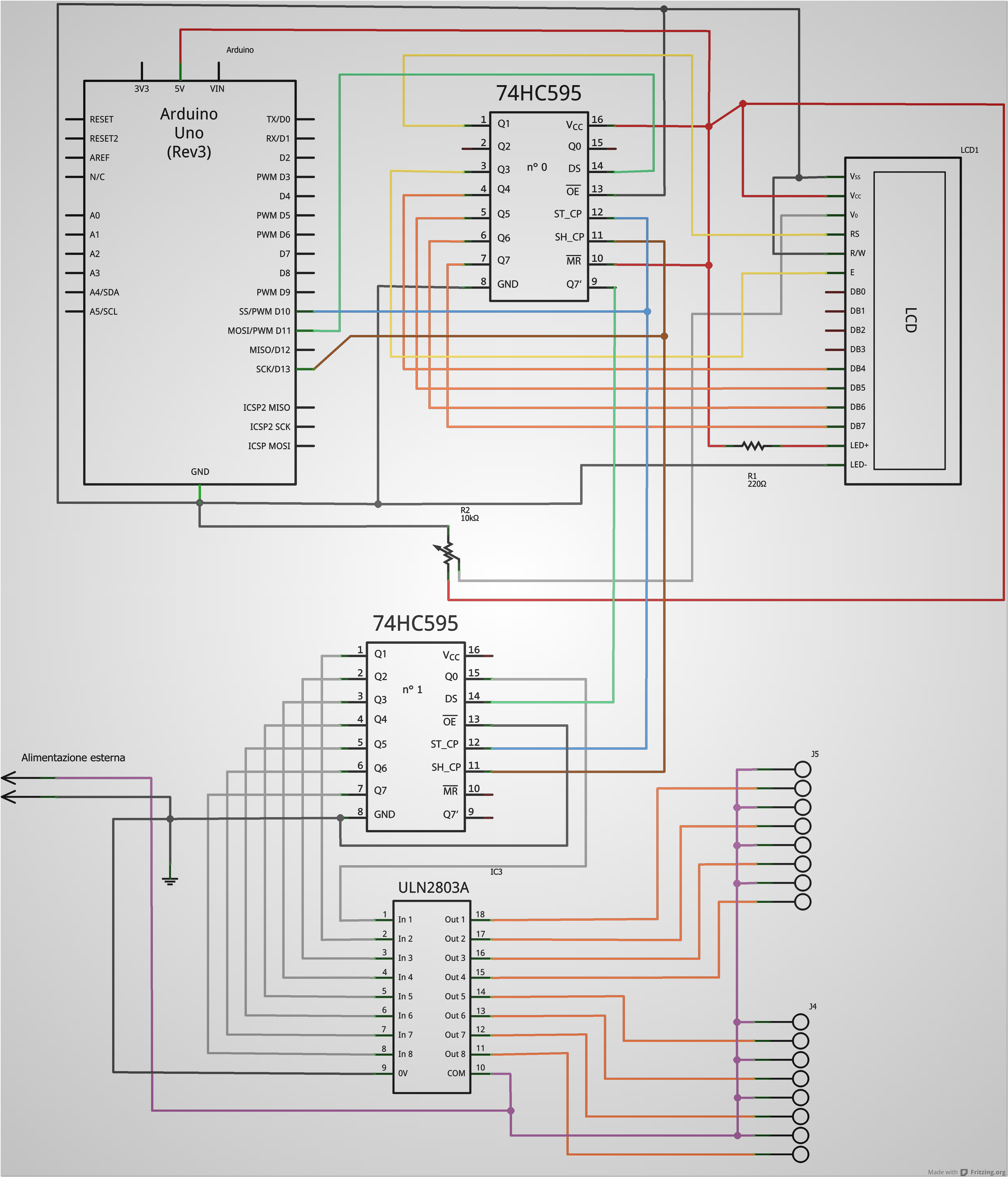
- #Arduing wire library how to#
- #Arduing wire library manual#
- #Arduing wire library full#
- #Arduing wire library code#
Wire.endTransmission() and Wire.endTransmission(stop)Įnd a slave transmission started by beginTransmission() and arranged by write(). functions can be found within these files. The Arduino Core files can be found at hardwarearduinoavrcoresarduino. Within this folder, there are several places where you can get the library source codes. Start transmitting data once and send an I2C start characterĤ. The path on Windows typically is C:Program Files (x86)Arduino. '0' will continue to send requests to maintain the connection.īyte shape, the number of bytes received from the slave. Stop: Boolean, '1' will send a stop command after the request ends and release the bus. The OLED display is connected to the Arduino using i2c buses, so the wire library is used here. The master device requests a byte from the slave device, which can be accepted by the master device with read() or available(). If there is no input, it will be added to the I2C network in the form of Master. Next, we define and declare some variables. At the beginning of our source code, the Wire library’s header file is included. The former acts as Master or Slaver and can only be called once.Īddress: 7-bit device address (optional). Example source code: We make use of the Arduino platform’s in-built library (Wire) to establish an I2C connection between the Arduino Uno and the GY-521 sensor. Initialize the wire library and add it to the I2C network. Use the Wire.h library function of Arduino official website for reference.įirst of all, the Wire library in arduino mainly contains the following functions:
#Arduing wire library how to#
Create a quick-start node that reads an NFC tag to serve most common purposes.I want to test the I2C performance of Arduino, but I don’t know how to use library functions, and I don’t want to write functions myself.For the new type, create action nodes that correspond to the functions and methods provided by the third-party C++ library.
#Arduing wire library manual#

Este sistema de comunicación utiliza dos líneas de transmisión: SDA (datos serie) y SCL (reloj serie) conectadas a dos resistencias tipo pull-up a 5 voltios.
 • Declare a new custom type pn532-device, which describes an RFIC/NFC module and how is it connected to an Arduino board. include
• Declare a new custom type pn532-device, which describes an RFIC/NFC module and how is it connected to an Arduino board. include Parameters Arduino address: the 7-bit slave address (optional) if not specified, join the bus as a master. This should normally be called only once. Their functionality has been replicated inside the robots library to optimize the codes size. Arduino AND ESP32 Wire Library by malabdali arduino functions begin () Initiate the Wire library and join the I2C bus as a master or slave. It also relies on a number of Arduino libraries like TFT, SPI, and Wire. It relies on a number of 3rd party libraries including Fat16, EasyTransfer, Squawk, and IRRemote.

In order not to go into the details of working with tags, we will take the Adafruit-PN532 Arduino library and just wrap it in XOD nodes. This library enables easy access to the functionality of the Arduino Robot. Imagine that we want our Arduino board to turn the built-in led on or off when we bring an NFC tag, such as travel pass, to it.Ĭonsider that we have no XOD library to work with RFID/NFC scanner PN532 ( xod-dev/pn532-nfc), and try to make it on our own. Also, you need to have some experience of working with C++ libraries for Arduino.

#Arduing wire library code#
To understand this guide, you have to know how to write C++ code in XOD and how to work with custom types.
#Arduing wire library full#
Many libraries already have been written for Arduino and they can be included into XOD to use the full power of the existing ecosystem.


 0 kommentar(er)
0 kommentar(er)
